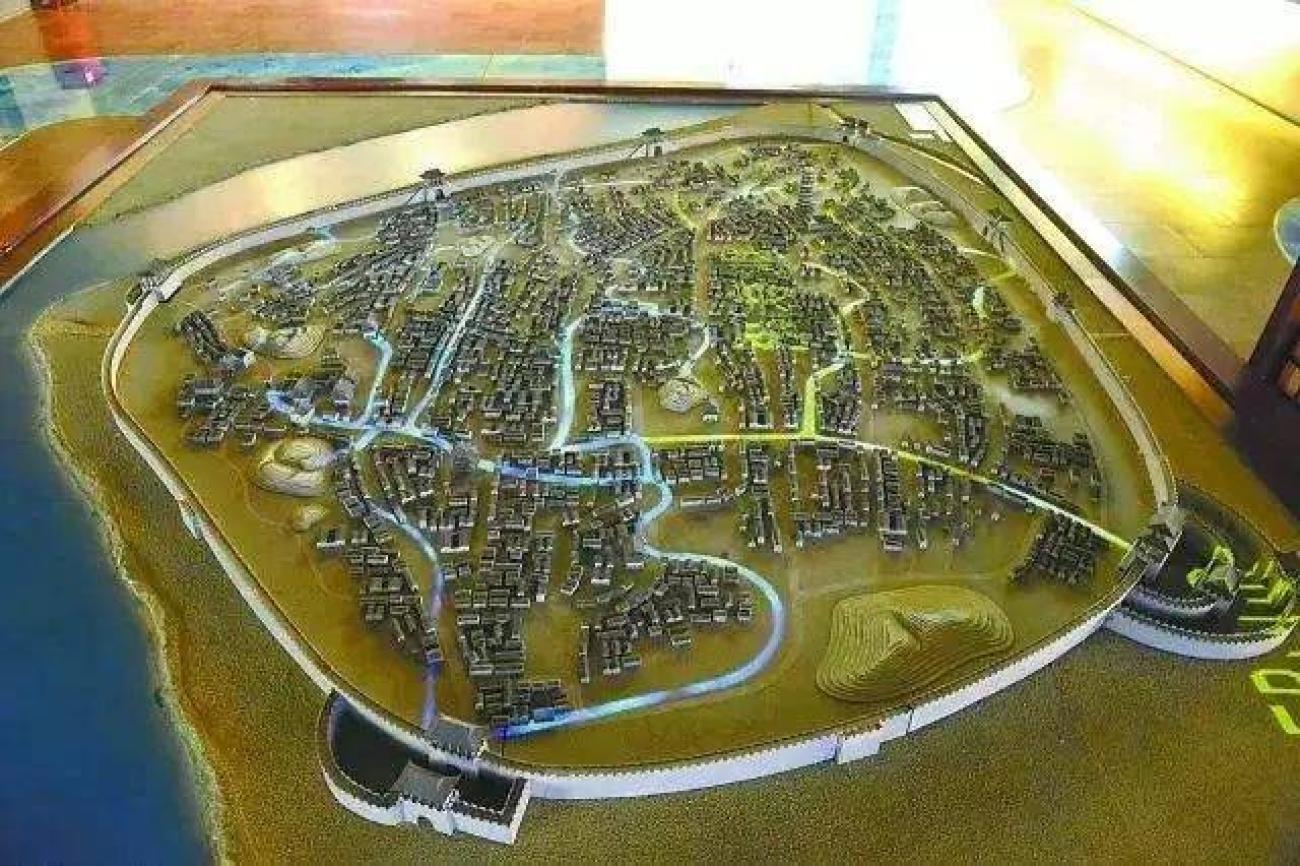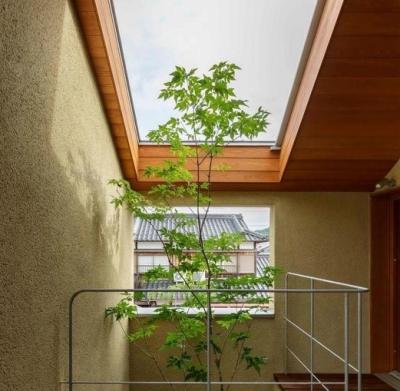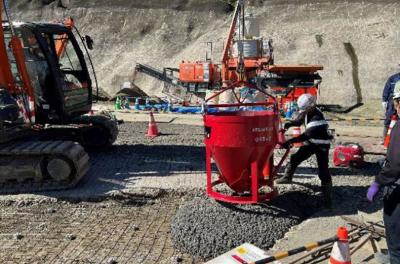

Fushougou is a large-scale underground hydraulic and drainage project in the ancient city of Ganzhou, Jiangxi Province, China. It was first constructed during the Northern Song dynasty under the direction of Liu Yi, then Prefect of Tianzhou. More than just an urban flood-control and drainage system, Fushougou also served as a comprehensive wastewater treatment network, operating on a “combined drainage system” model that was highly advanced for its time [1].
During heavy rainy seasons, the system’s capacity for rapid water discharge ensured that Ganzhou rarely experienced flooding common in other cities. Areas along the Fushougou line showed no signs of stagnant water, proving the system’s remarkable efficiency. Notably, during the great floods of 1998 in China, the system protected Ganzhou’s inner city from destruction [1].

Ganzhou’s terrain is “high in the southwest – low in the northeast,” causing rainwater to converge in low-lying areas prone to flooding. Thus, a drainage system was needed to take advantage of natural slopes to protect the city [2].
Frequent rain and floods threatened residents’ lives and economic activities, especially in a major urban hub like Ganzhou. Building Fushougou aimed to prevent urban flooding and protect both the population and the city’s prosperity [2].

Unlike other ancient works designed solely for drainage, Fushougou was built on a “combined drainage system” model: managing rainwater, treating wastewater, and connecting with ponds and lakes for regulation and reuse. This was a comprehensive approach to water management, laying the foundation for sustainable development [2].

Fushougou was ingeniously designed to combine open ditches (minggou) and underground conduits (ankou). Rainwater first flowed into surface channels, then into subterranean tunnels. The system was also connected to dozens of city ponds such as Phoenix Pond and Sima Pond, forming an interlinked hydrological network. As a result, rainwater was not only discharged quickly but also temporarily stored, easing the burden on the city [3].
At junctions with external rivers, ancient builders installed special “water gates” based on the principle of one-way flow. When internal water levels rose, pressure opened the gates, releasing water outward. Conversely, when river levels rose, the gates shut tightly, preventing backflow into the city. This mechanism effectively safeguarded Ganzhou against river floods while ensuring efficient urban drainage [3].

The underground conduits were built with robust stone and brick arches, with cross-sections and slopes carefully calculated so that water flow was strong enough to carry away silt and prevent clogging. The conduit covers contained coin-shaped water inlets to capture runoff from streets. Entirely reliant on Ganzhou’s natural slope of “southwest high – northeast low,” the system operated smoothly without mechanical support. This demonstrates a vision of integrated and sustainable water management long before modern times [3].
[1] Wikipedia, "福寿沟," 25-Oct-2024. [Online]. Available: https://zh.wikipedia.org/zh-hans/%E7%A6%8F%E5%AF%BF%E6%B2%9F. [Accessed: 25-Sep-2025].
[2] 人民日报海外版, "探秘福寿沟," 28-Aug-2019. [Online]. Available: https://paper.people.com.cn/rmrbhwb/html/2019-08/28/content_1943667.htm. [Accessed: 25-Sep-2025].
[3] Baidu Baike, "福寿沟:古代赣州城的城市排水系统," [Online]. Available: https://wapbaike.baidu.com/tashuo/browse/content?id=c88e91fe461e231a8490db6a. [Accessed: 25-Sep-2025].

The News 10/11/2025
In the midst of the hustle and bustle of urban life, many Vietnamese families are looking for a different living space – where they can enjoy modernity without being far from nature. Tropical Modern villa architecture is the perfect answer to this need. Not only an aesthetic trend, this is also a smart design philosophy, harmoniously combining technology, local materials and Vietnam's typical tropical climate.

The News 25/10/2025
Hemp-lime (hempcrete) is a non-load-bearing covering material consisting of a hemp wood core (hemp shiv/hurd) combined with a lime-based adhesive, outstanding for its insulation – moisture conditioning – indoor environmental durability; in particular, IRC 2024 – Appendix BL has established a normative line applicable to low-rise housing, strengthening the technical-legal feasibility of this biomaterial.

The News 11/10/2025
Amid rapid urbanization and global climate change, architecture is not only construction but also the art of harmonizing people, the environment, and technology. The Bahrain World Trade Center (BWTC)—the iconic twin towers in Manama, Bahrain—is a vivid testament to this fusion. Completed in 2008, BWTC is not only the tallest building in Bahrain (240 meters) but also the first building in the world to integrate wind turbines into its primary structure, supplying renewable energy to itself [1]. This article explores the BWTC’s structural system and design principles, examining how it overcomes the challenges of a desert environment to become a convincing sustainable model for future cities. Through an academic lens, we will see that BWTC is not merely a building but a declaration of architectural creativity.

The News 04/10/2025
As buildings move toward net zero architecture and glare free daylighting, traditional glass façades reveal limitations: high thermal conductivity (~0.9–1.0 W/m·K), susceptibility to glare, and shattering on impact. In this context, transparent wood (TW) is emerging as a multifunctional bio based material: it offers high light transmission yet strong diffusion (high haze) to prevent glare, lower thermal conductivity than glass, and tough, non shattering failure. Recent reviews in Energy & Buildings (2025) and Cellulose (2023) regard TW as a candidate for next generation windows and skylights in energy efficient buildings. [1]

The News 20/09/2025
The construction industry is currently facing immense pressure to reduce carbon emissions, as concrete is not only one of the most widely used materials but also a major source of CO₂ due to its reliance on Portland cement. In response, Shimizu Corporation has conducted extensive research to develop sustainable material solutions aimed at achieving carbon neutrality. One of the most remarkable outcomes is carbon-negative concrete, which partially replaces cement and aggregates with biochar. This biochar is produced from sawdust through a carbonization process and has the unique ability to retain a significant amount of carbon that would otherwise be released into the atmosphere through natural decomposition or combustion. Thanks to this property, carbon-negative concrete not only maintains the necessary mechanical strength for construction but also directly contributes to reducing greenhouse gas emissions. This innovation is considered a promising step that opens new directions for the advancement of green construction in Japan and worldwide.

The News 13/09/2025
In the context of rapid urban development, the risk of fire in high-rise buildings, shopping malls, hospitals, and smart homes remains a serious threat. Traditional fire protection solutions are predominantly passive, focusing only on preventing flames from spreading and lacking sufficient early-warning capabilities. This limitation often results in delayed responses to fire incidents, leading to severe losses in both human life and property. Addressing this challenge, smart walls with integrated fire sensors have emerged as a breakthrough innovation, offering a proactive approach to building safety. Unlike conventional fire-resistant walls, these advanced walls not only provide thermal insulation and fire resistance but also integrate temperature, smoke, and pressure sensors combined with IoT technologies to continuously monitor environmental conditions. At the first signs of fire, the system can instantly detect anomalies, send alerts to a central control unit or mobile devices, and activate additional safety mechanisms such as water mist suppression or smoke extraction fans. By transforming passive barriers into “intelligent fire guardians,” this technology enhances building protection, increases the chances of timely evacuation, and minimizes potential damages. With its ability to turn ordinary walls into active safety components, smart fire-sensing walls represent a proactive solution that contributes significantly to the development of modern, sustainable, and resilient buildings.